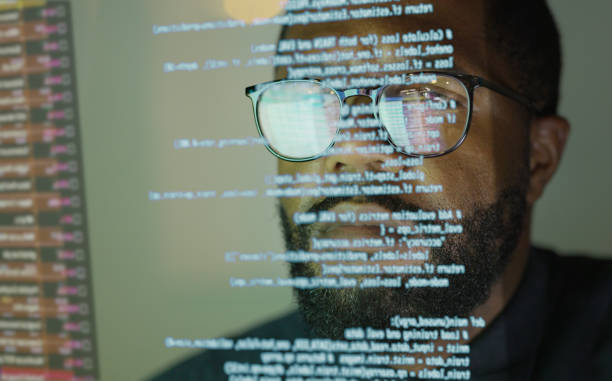Introduction
The refrigerator, commonly referred to as the “fridge,” is an indispensable appliance in modern households. It’s a ubiquitous presence in kitchens worldwide, but have you ever stopped to wonder about the fascinating history, technology, and impact of this cold wonder? In this article, we’ll take you on a cool journey through time, exploring the evolution of the fridge and its significance in our daily lives.
The Birth of Refrigeration
The concept of refrigeration dates back centuries, with ancient civilizations using various methods to keep food cold. However, it wasn’t until the 19th century that refrigeration technology began to take shape. One of the earliest pioneers in this field was Jacob Perkins, who patented the first working refrigerator in 1834. It used ether to cool the interior, but it was far from the convenient appliances we know today.
The Game-Changer: Electric Refrigerators
The late 19th and early 20th centuries saw significant developments in refrigeration technology. It was in the 1920s that electric refrigerators started to gain popularity. General Electric (GE) introduced the “Monitor-Top” refrigerator in 1927, making it one of the first mass-produced electric refrigerators. This innovation marked a turning point in the evolution of fridges, as it was more practical and accessible to the average household.
The Refrigerator as a Status Symbol
In the early 20th century, having a refrigerator was a status symbol. It was a sign of modernity and convenience, and families proudly displayed their shiny new appliances. Refrigerators also became a canvas for creativity, with companies offering a variety of colors and designs to suit different tastes.
The Advent of Automatic Defrosting
Before automatic defrosting technology, homeowners had to manually defrost their fridges regularly, which was a time-consuming and often messy task. In 1954, General Electric introduced the first automatic defrosting refrigerator, simplifying maintenance and improving the user experience.
Energy Efficiency Takes Center Stage
As energy conservation became a growing concern in the latter half of the 20th century, refrigerator manufacturers began focusing on energy efficiency. The introduction of Energy Star ratings in the 1990s encouraged the development of more environmentally friendly and energy-efficient appliances, including fridges.
Side-by-Side and French Door Refrigerators
In the quest for more storage space and improved organization, side-by-side and French door refrigerators gained popularity. These designs allowed for better access to fresh and frozen foods, making them a practical choice for families.
Smart Fridges for the Digital Age
With the dawn of the digital age, smart technology found its way into the kitchen. Smart refrigerators equipped with touchscreen displays, Wi-Fi connectivity, and app integration started to emerge. These fridges can do more than just keep food cold; they can help users create shopping lists, display recipes, and even stream music.
Environmental Concerns and Sustainability
In recent years, environmental concerns have led to a shift in the way refrigerators are manufactured and used. Manufacturers are increasingly focused on making fridges more eco-friendly by using sustainable materials and reducing energy consumption. Additionally, consumers are encouraged to recycle old refrigerators to prevent harmful refrigerants from entering the environment.
The Future of Refrigeration
As technology continues to advance, the future of refrigeration looks promising. Researchers are exploring new ways to improve energy efficiency and reduce the environmental impact of refrigerators. One exciting development is the use of magnetic cooling technology, which has the potential to revolutionize the industry by eliminating the need for traditional refrigerants.
Conclusion
The refrigerator has come a long way from its humble beginnings as a simple icebox. It has evolved into a high-tech appliance that plays a crucial role in preserving our food and enhancing our daily lives. From the early ice-cooled models to the smart fridges of today, refrigeration technology has continually improved, offering convenience, energy efficiency, and sustainability.
As we look to the future, it’s clear that refrigeration will continue to evolve, adapting to the changing needs of consumers and the planet. One thing is certain: the fridge, an appliance that has become an integral part of our lives, will continue to keep things cool for generations to come.










